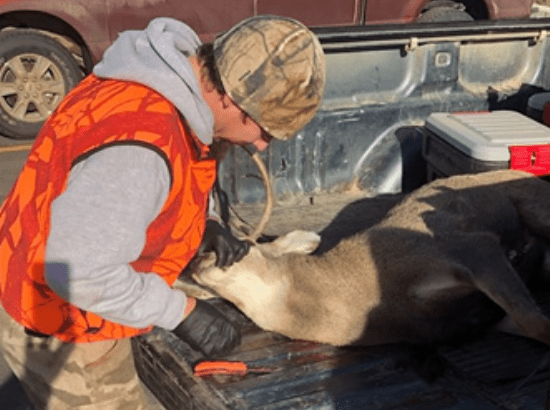5 Reasons Why Fresh Dog Food is So Good for Your Dog

Fresh dog food is the new rage among pet parents. A few years ago, it was difficult to find fresh dog food unless you cooked it at home or happened to have a kitchen nearby that would do it for you. However, in the past couple of years, many different fresh pet food companies have been founded. Many of these deliver fresh dog food right to your front door. There are actually quite a few benefits to feeding your dog a fresh dog food, as opposed to canned or dry dog food. Fresh dog food is almost always more expensive. However, you may find the price worth it when it comes to your pooch’s health!
Healthier Ingredients
Fresh dog food almost always has fresher, better ingredients than other commercial dog foods. This is partially because fresh dog food can’t hide unsightly ingredients deep in the ingredient list. You can see everything you’re feeding your dog when you put it in their bowl! However, dry and canned food has been processed to the point that you really can’t tell what’s in it without looking at the ingredient list. This isn’t even an accurate detailing of everything in the dog food, though. According to one study done by Chapman University, many dog foods do not have accurate ingredient lists. In some cases, the listed meat couldn’t even be detected.
Safer For Dogs
As you might imagine, not having an accurate ingredient list can be potentially dangerous. Some dogs have allergies, which can make exposure to particular ingredients troublesome. Other dogs need a special diet to control health problems. When you can’t even be sure what is in your pet’s commercial dog food, this can be a problem! Furthermore, a quick glance at any dog food recall list will make it very clear that fresh dog foods hardly ever get recalled. On the other hand, though, canned and dry foods get recalled for all sorts of reasons all the time.
Convenience
In many cases, fresh dog food is much more convenient than other commercial dog food options. Most fresh dog food companies will deliver their food right to your front door. This means you don’t have to make a shopping trip or haul a bag of dog food through the store. Plus, you’ll never run out! At the same time, many fresh dog foods are also pre-portioned for your canine. This feature means that you don’t have to worry about scooping or measuring. Two of the most popular brands for fresh dog food include Nom Nom Now and Farmer’s Dog (see how they compare). With both brands, all the work is done for you. You just need to pour it into a bowl!
Personalizable
Many fresh dog foods formulate their food depending on your dog’s needs. When you sign up for a new fresh dog food, you will often be asked all sorts of questions about your pet’s health and activity level. Overweight dogs will automatically be given a food that is formulated to help them lose weight, while active dogs will be provided a food that is designed to keep their muscles in top-top shape. This personalization is simply not possible with most commercial dog foods. Because of this, you’ll need to deal with all the measurements and personalizations by yourself or with a vet.
Fewer Possible Allergens
Fresh dog foods usually have very short ingredient lists. Many are only made with a meat and a few veggies. This is in stark contrast to the mile-long lists that are common on commercial dog foods. This factor means that your dog is less likely to be allergic to any of the ingredients in the dog food - simply because there are fewer ingredients in general! Plus, if your dog does become allergic to something in their food, it is much easier to figure out what it is! So what are you waiting for? Add Fresh Dog Food to your resolutions for next year!









News Comments
Thank you
Open Auditions for Annie
Monday, Sep. 16, 2024
I’m at the Bozeman airport where your painting, “Blowing East” is displayed. It’s absolutely gorgeous! Bravo, Marci!!
The Artists’ Gallery in Bozeman’s Emerson Cultural Center May Exhibits
Sunday, Jun. 30, 2024
This is so typical of a sign in, which we should not have to do to check if we or some one in our party got a permit. I have been working or "creating an account" for 30 minutes and just get the same ...
Smith River permit drawing results available
Sunday, Mar. 10, 2024
I have struggled with this podcast and my own participation therein, the event itself obviously traumatic, but beyond that my inability to reach anyone and convey anything resembling truth. The person ...
Billings, MT Case Becomes True Crime Podcast | 'An Absurd Result'
Marktokarski
Saturday, Jan. 20, 2024